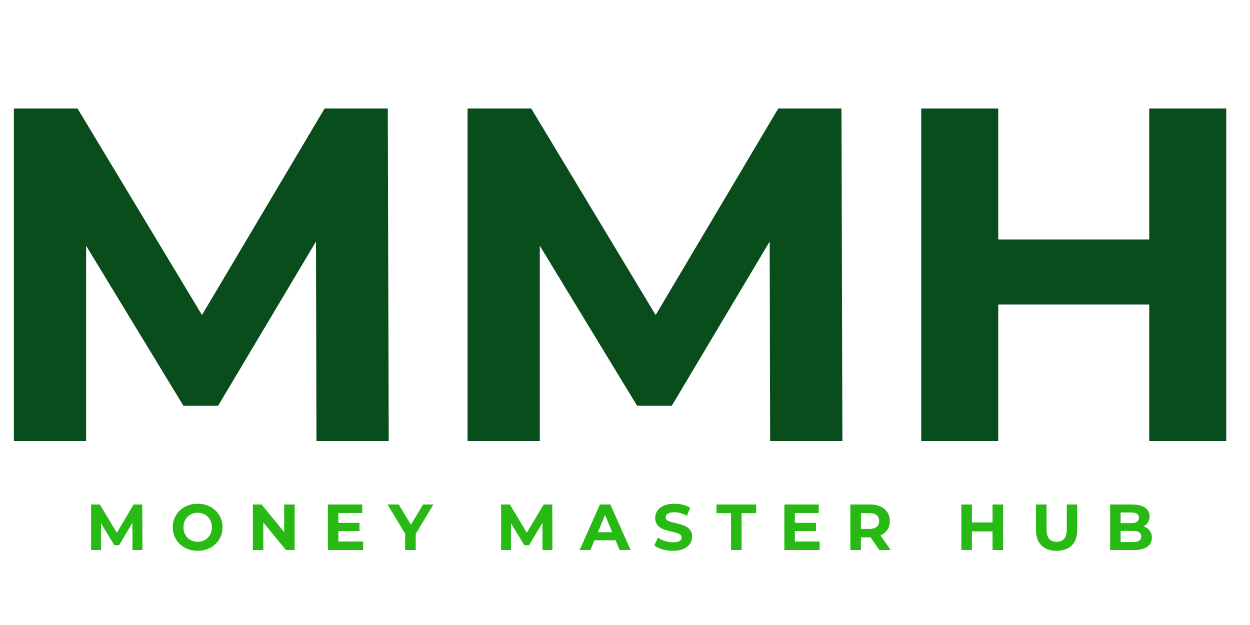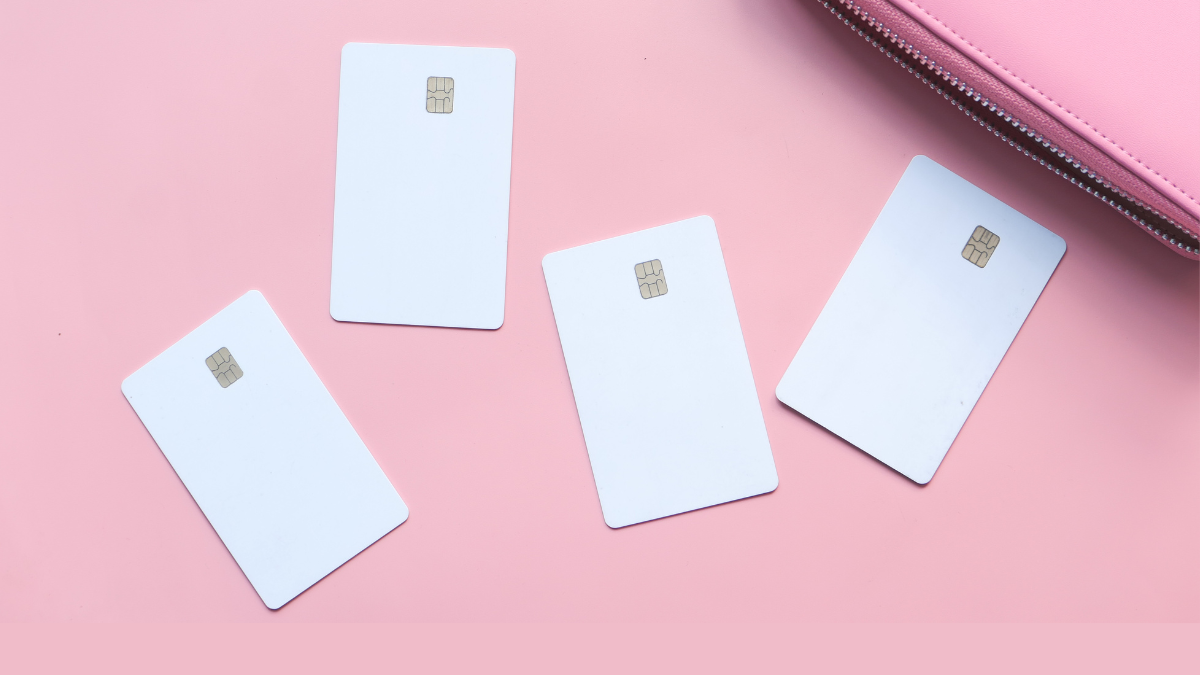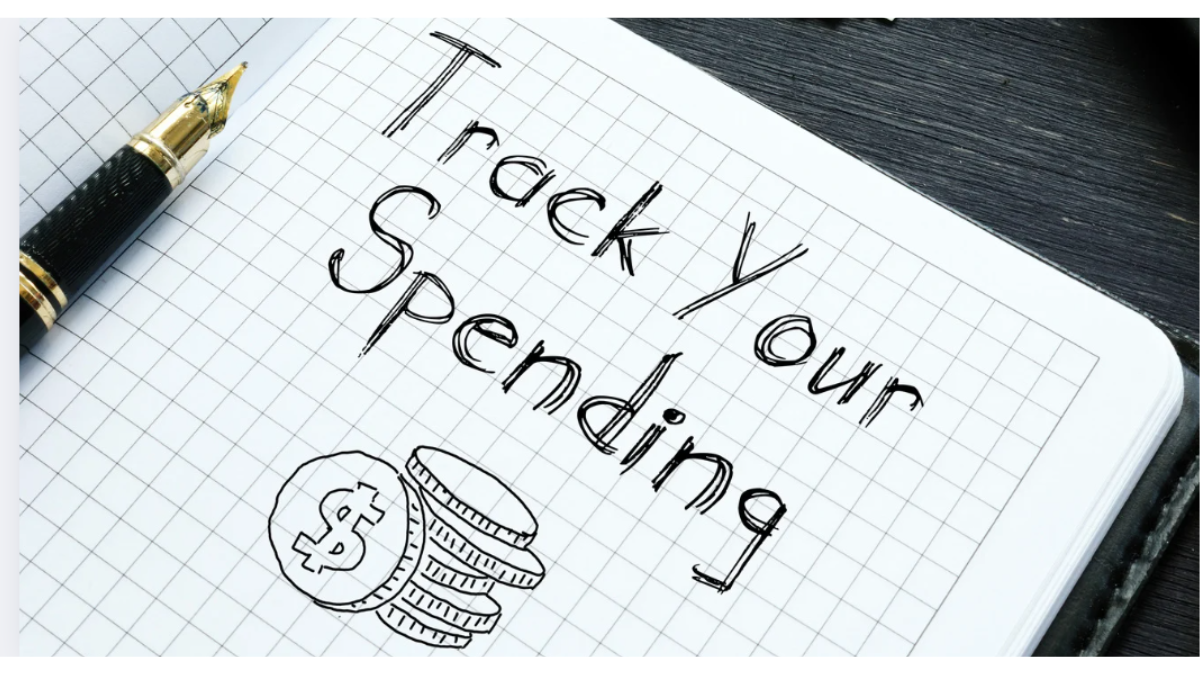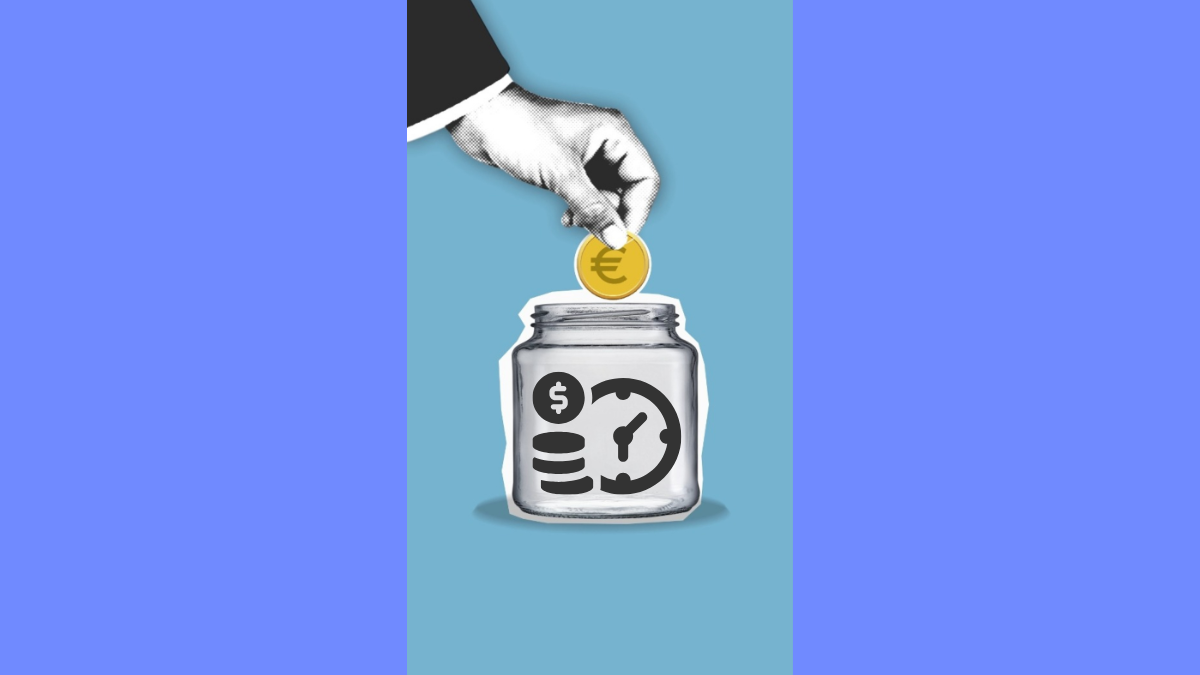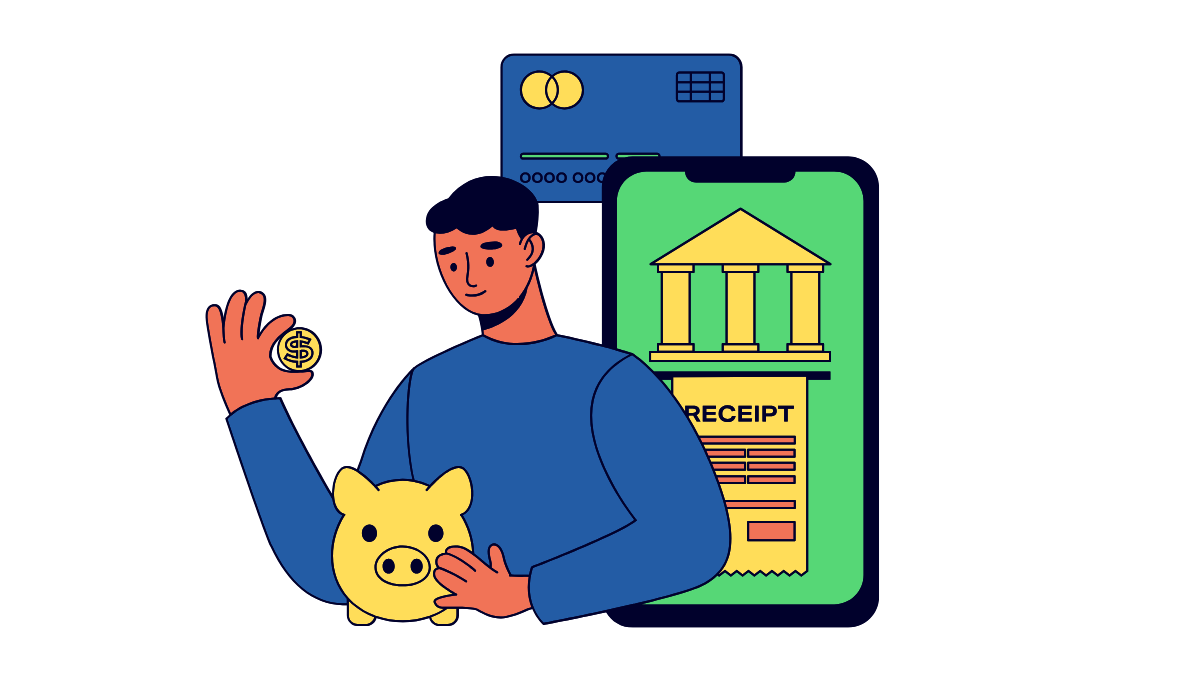Why Choosing the Right Bank Matters
Choosing the right bank isn’t just about where your money sits — it’s about how your money works for you. The bank you choose affects everything from how much you earn on savings to how easily you can access your cash, pay bills, and avoid fees.
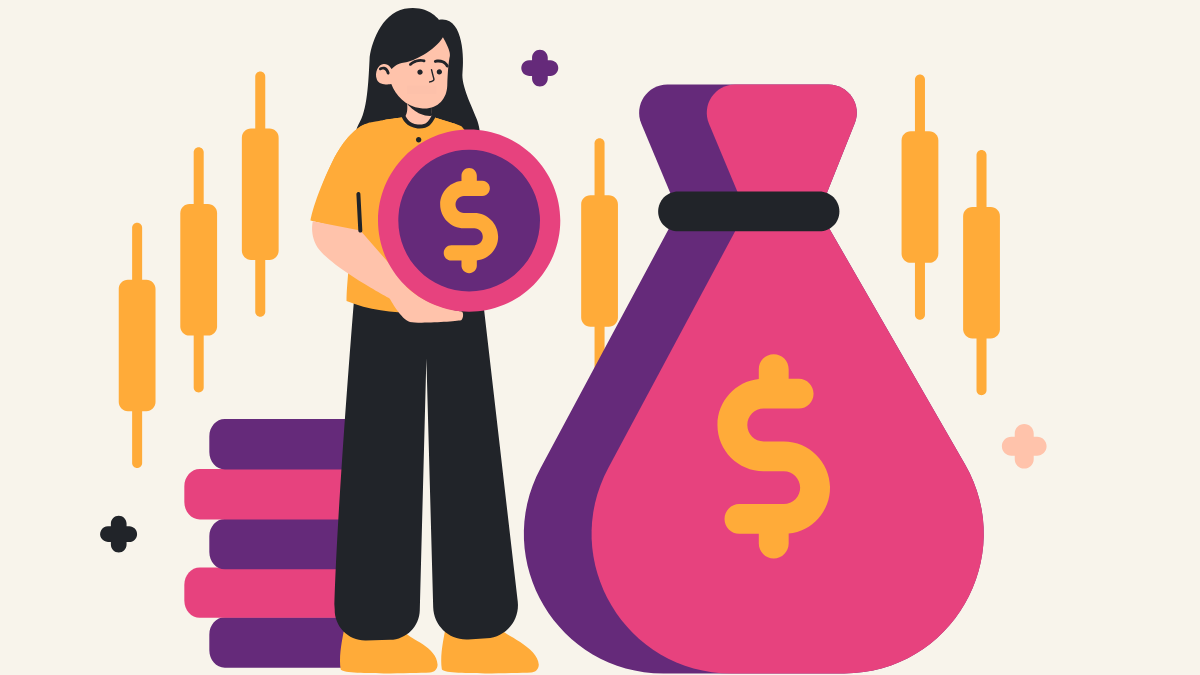
- The right bank helps you save more, pay less, and simplify your financial life.
- A poor choice can result in hidden fees, limited support, and outdated tools.
Real-world impact: For example, someone with a checking account that charges $12/month in maintenance fees loses $144 per year — money that could be earning interest in a high-yield savings account or going toward bills or debt.
Types of Banks Explained
Understanding the different types of banks is essential before you can decide which one fits your lifestyle, spending habits, and financial goals. Each bank type offers unique pros and cons — and your choice can significantly impact your access to tools, interest rates, and even how quickly you grow your savings.
-
Traditional Banks: These are legacy institutions like Chasee, Bank of America, and Wells Fargo. They offer a wide range of services — mortgages, investment products, business accounts — and have hundreds or thousands of branches and ATMs.
Best for: In-person banking, complex financial needs, and customers who prefer face-to-face service. -
Online Banks: These include banks like Ally, Discover Bank, and Marcus by Goldman Sachs. With no physical branches, they save on overhead and typically pass those savings to you in the form of higher APYs and lower fees.
Best for: Tech-savvy users looking for high-yield savings and 24/7 mobile access. -
Credit Unions: These are not-for-profit financial cooperatives that serve members. They may have better customer service and lower loan rates but may limit access to ATMs and digital tools.
Best for: Local banking relationships, community focus, and lower lending rates. -
Neobanks: Mobile-only fintech platforms like Chime, Current, and Varo. They focus on user experience and budgeting tools but may lack services like joint accounts or CDs.
Best for: Budgeters, gig workers, or people needing fee-free checking with early direct deposit.
Online Banks vs Traditional Banks
Choosing between an online bank and a traditional bank is more than just deciding whether you want a branch nearby. Each model offers distinct benefits, and understanding how they fit into your financial strategy can impact your savings, fees, and convenience over time.
Online Banks
- Offer high-yield savings accounts with APYs often 10x above traditional banks.
- Minimal overhead means lower fees — many have no monthly maintenance charges.
- 24/7 access via mobile apps and web platforms; ideal for digital-first users.
- Some offer early direct deposit and advanced budgeting tools built into the app.
- Cons: No physical branches, limited cash deposit options, slower customer service in some cases.
Traditional Banks
- Provide in-person support, making them a good choice for people who prefer face-to-face banking.
- Offer a full range of financial services — mortgages, business loans, investment advice, etc.
- Widespread ATM networks and access to cash services like certified checks.
- Often charge higher fees and offer lower interest on deposits.
- May have outdated mobile tools or less frequent feature updates.
Many people now use a **hybrid strategy**: keeping a checking account at a traditional bank for local ATM access or cash handling, and pairing it with a high-yield savings account from an online bank to maximize returns.
Key Factors to Consider
Choosing a bank isn’t just about convenience — it’s about aligning your financial behavior with the features that will help you grow, protect, and access your money efficiently. Before committing to any institution, evaluate these critical factors:
- Fees & Charges: Watch for monthly maintenance fees, overdraft fees, minimum balance requirements, and ATM surcharges. Some banks waive fees if you meet direct deposit or balance thresholds — others charge by default.
- ATM Access & Network: Frequent cash user? Check how many ATMs are in your area and whether out-of-network withdrawals trigger fees. Many online banks reimburse those fees automatically — a major win for flexibility.
- Digital Banking Experience: Is the app fast, intuitive, and reliable? Can you lock your card, deposit checks, set alerts, and schedule transfers easily? A poor app adds friction to daily money management.
- Customer Support Quality: Look for 24/7 access, live chat, and high customer ratings. Fast support during account lockouts or fraud situations is non-negotiable.
- Account Types & Interest Rates: Some banks offer tiered interest, high-yield savings, or checking accounts with cashback. Know what’s available — and whether it fits your financial stage.
- Security Features: Multi-factor authentication, instant card locking, FDIC or NCUA insurance, and fraud monitoring are all essential today.
Evaluate your banking habits (e.g., do you deposit checks weekly? Need cash often? Travel abroad?) and choose the bank that reduces friction while maximizing your money’s potential.
What to Avoid When Choosing a Bank
Some banks may look great on the surface but come with hidden costs or limitations that hurt your finances over time. Here are common red flags to watch for:

- Excessive fees: Avoid banks that charge for basic actions like paper statements, incoming wires, or using non-network ATMs. These small charges add up fast.
- Low interest on savings: A savings account paying 0.01% APY is essentially doing nothing for you. Look for banks offering at least 4% APY (as of 2025).
- Limited digital tools: Outdated apps, no mobile deposit, or lack of alerts can make your banking life frustrating and prone to errors.
- Inflexible customer service: Long phone queues, no live chat, or limited hours are red flags — especially if something goes wrong.
- High minimum balance requirements: Some banks charge fees if your balance dips below $1,000 — which can punish lower-income users unfairly.
A good bank makes your life easier and your money work harder. If a bank hides its fee structure or has consistently poor reviews, move on — better options exist.
How to Compare Banks Effectively
Choosing a bank shouldn’t be random — and it’s not just about who has the flashiest website or biggest ATM network. To compare banks like a pro, follow this structured process:
- Start with your needs: Do you need in-person service, digital tools, joint accounts, business banking, or all of the above?
- Create a comparison table: Make a simple chart listing your top 3–5 bank options and compare based on: fees, interest, digital tools, ATM access, support, and account features.
- Read reviews — the right way: Look for patterns in negative reviews (e.g., long holds, locked accounts, poor support). Ignore isolated complaints.
- Test the experience: Try calling customer service or using the app before committing. Does it feel modern? Responsive? Helpful?
- Check promotional terms: If a bonus is offered, make sure the qualifying requirements align with your real behavior (e.g., direct deposit size or debit transactions).
Resources
Advertiser Disclosure
Lets users verify if a bank is FDIC-insured — critical for trust and security when choosing a bank.

For readers considering credit unions, this helps verify if their deposits are insured and how to find local ones.

Explains the key differences and helps readers decide based on their needs and preferences.
